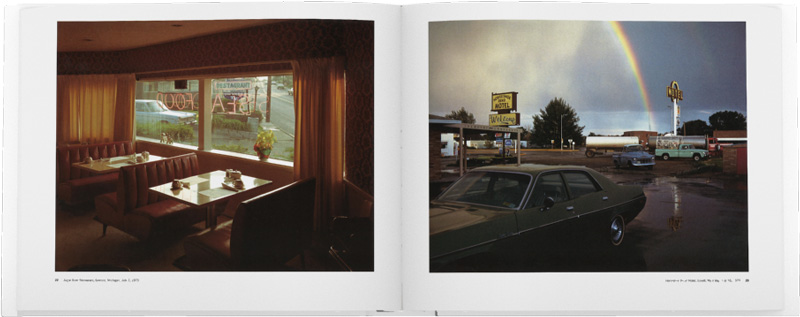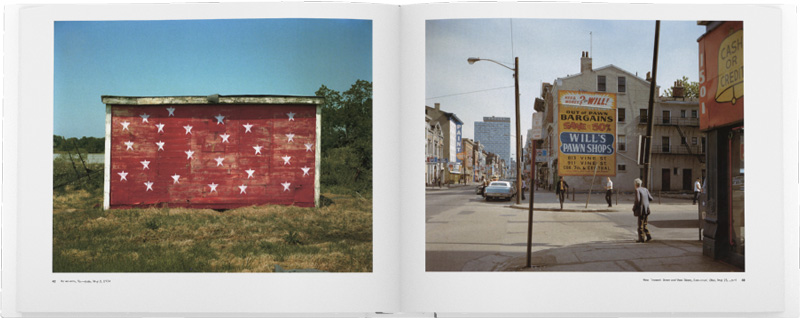Autonomous Driving Taxi of the First Autonomous Work Group Company Service–Supportive Policy for Third Child Policy
Description
This project is a response to the Chinese government’s request to different industries of society to introduce supporting measures and policies in line with the three-child policy. With the announcement of the three-child policy, the Chinese government has asked all sectors of society to provide safeguard measures to support the effective implementation of the three-child policy, as well as social welfare for three-child families. In my observation, the central government has given play to the nature of socialism, mobilizing the country and actively cooperating to promote more births. Then again, it doesn’t seem to solve anything. Even if all sectors of society provide enough welfare for multi-children families, it cannot fundamentally solve the problem of reproduction difficulties, because people’s attitudes towards having more children are hard to shake. Such preferential policies have become comical.
This project use parafiction to create a fictional promotional presentation for a car company. FAW(China First Autonomous Works) was commissioned by the central government to work with Baidu and Didi to develop a self-driving taxi system for multi-child families. Through the service design of providing different service charging plans for different groups(multi-child families, one-child families, families with no child, and single), it satirizes that even the social mobilization and service under socialism cannot solve the problem of a population crisis.
Research
1. The third-Child policy
In 2021, China releases the third-Child policy to tackle the demographic crisis. As The New York Times’ report, “China’s population is growing at its slowest pace in decades, with a plunge in births and a graying work force presenting the Communist Party with one of its gravest social and economic challenges.” The Communist Party of China starts to take action to raise the birth rate, as the way it controls the birth rate with a one-Child policy. On July 21, “Decision of the CPC Central Committee and The State Council on optimizing birth policy to promote long-term balanced development of population” was released and it is seen as the signal of “Implementing the three-child policy and supporting birth support measures”.

2. Self-driving taxi.
Baidu Appolo, Huawei autonomous driving, and Didi are all developing a self-driving taxi system, which is managed by a cloud algorithm and bid data. As I researched, leading Chinese search engine company Baidu has set up the “Apollo” platform to develop autonomous driving technology. It has received support from the Chinese government and launched a test service of robot axis in the central Chinese city of Changsha last year. The self-driving taxi experiments seem to be closely related to the central government of China. It is possible for me to interpret and create a narrative about the relation between technology, government, and policies.
Documentation
1. Deciding the format
In order to “make believe”, the internal meeting presentations of car companies seem to be more convincing. On this basis, it would be more convincing to invite an internal staff member, engineer, or designer to deliver a lecture for the class. So I decided on the final form of the project: a promotional speech for an automobile company based on the company’s internal documents. Therefore, the major production of my project is to make a extremely real PPT for the car company.
2. Structure of PPT
The PPT format consists of four parts: policy background, industrial structure analysis, core technology and design, and service design. Among them, the policy background is mainly to introduce the three-child policy and the background of driverless taxis to the audience, and emphasize the dominant position of the Communist government in this fictional background. The analysis of industrial structure is to bring all the interests of automobile companies, autonomous driving and taxis into a larger context, so as to highlight the regulation of industries in different links by socialism in solving social problems. The core technology and design serve to solve the big demand of fertility, through the concept of “no driving seat, provide more comfortable travel space for multiple children”, again emphasize the starting point of solving fertility for the audience. Service design is the subject of satire. Driverless taxi services are available to everyone, but payment schemes are different. It’s free for families with multiple children, discounts for families with and without children, and a very strange charging scheme where single people have to pay in full gets my point across.










